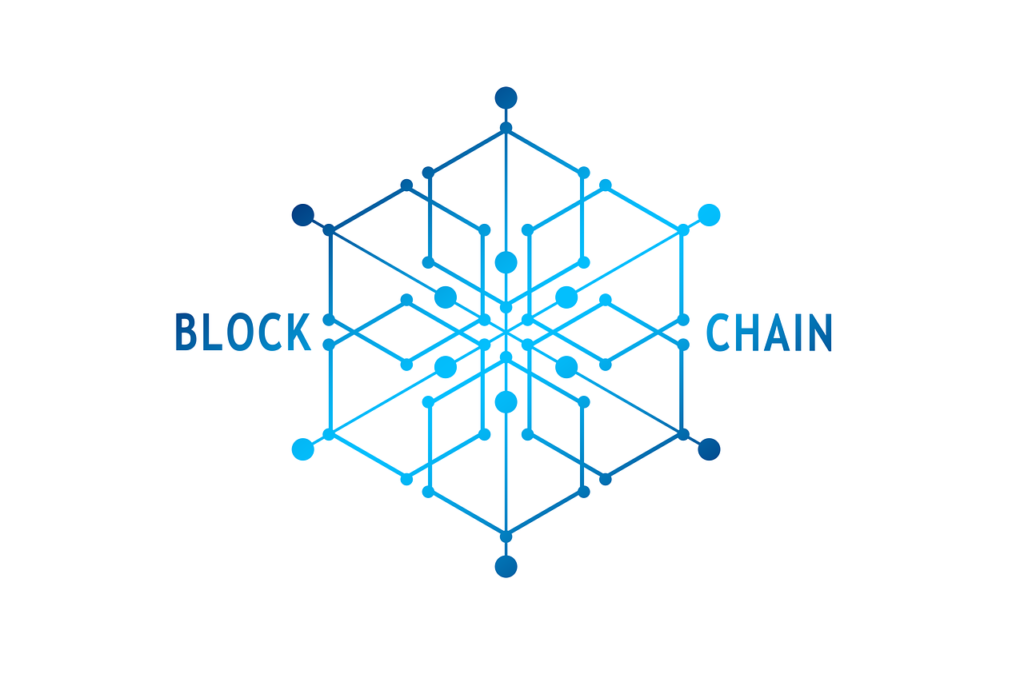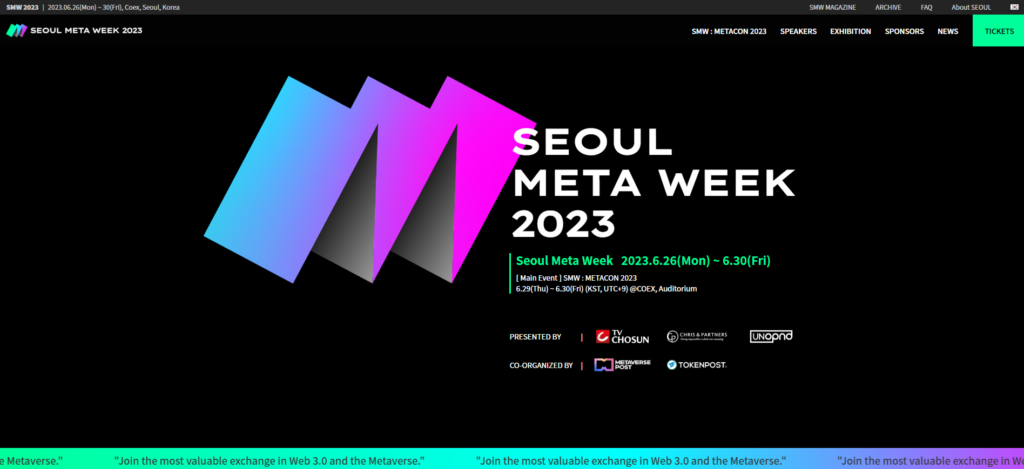Table of Contents
In a blockchain network, a consensus mechanism plays a critical role in ensuring that all participants agree on a single version of the truth. In the absence of a trusted central authority, consensus mechanisms help achieve trust and agreement between parties that may not know or trust each other. These mechanisms are responsible for validating and verifying transactions, securing the network, and ensuring that the network remains stable and functional.
There are several consensus mechanisms used in blockchain networks, but three of the most popular ones are Proof of Authority, Proof of Work, and Proof of Stake. Each of these mechanisms has its own unique approach to achieving consensus and comes with its own set of strengths and weaknesses.
- Proof of Authority (PoA)
- Proof of Work (PoW)
- Proof of Stake (PoS)
While each of these consensus mechanisms has its own strengths and weaknesses, the most efficient mechanism for a particular blockchain network depends on its specific needs and goals. Some factors to consider when choosing a consensus mechanism include energy efficiency, security, decentralization, scalability, and speed.
Understanding the different types of consensus mechanisms is essential for anyone involved in blockchain technology. By exploring the strengths and weaknesses of Proof of Authority, Proof of Work, and Proof of Stake, individuals can make informed decisions when choosing a consensus mechanism for their blockchain network. In the following sections, we will discuss each consensus mechanism in detail, including how they work, their advantages and disadvantages, and examples of blockchain networks that use them.
Proof of Authority

What is Proof of Authority?
Proof of Authority (PoA) is a consensus mechanism that relies on a central authority to select validators rather than computational power or the amount of cryptocurrency held. Validators are pre-approved and identified by the central authority, such as a consortium of trusted organizations or a group of reputable individuals.
How Proof of Authority Works
In a Proof of Authority (PoA) consensus mechanism, validators are pre-approved and known, and take turns adding blocks to the blockchain. Unlike Proof of Work (PoW) or Proof of Stake (PoS), PoA doesn’t require extensive computational resources, making it more energy-efficient.
In a PoA system, validators are selected based on their reputation or identity, which is often tied to their professional background or expertise in a particular field. This makes it easier to identify and remove malicious validators, and reduces the likelihood of a 51% attack.
Because validators are pre-approved and known, they can add blocks to the blockchain quickly and with minimal computational overhead. This makes PoA a faster and more efficient consensus mechanism than PoW or PoS. However, it also means that PoA is less decentralized than other consensus mechanisms, as the identity of validators is known and can potentially be compromised.
Proof of Authority Pros
The main advantages of PoA are its speed and efficiency, its resistance to 51% attacks, and its low energy consumption. Because validators are selected based on reputation and identity rather than computational power, it is more difficult for a single entity to take control of the network. Also, PoA is more energy-efficient than PoW or PoS, making it an attractive option for many applications.
Proof of Authority Cons
One of the main criticisms of PoA is that it is less decentralized than other consensus mechanisms, as it relies on a central authority to select validators. Additionally, because validators are known and publicly visible, they may be vulnerable to physical attacks or coercion.
Examples of Blockchain Networks that Use Proof of Authority
Some blockchain networks that use
- MMAI PureChain
- POA Network
- Ethermint.
POA Network is an Ethereum-based network that enables fast and low-cost transactions, while Ethermint is a Cosmos-based network that allows developers to build decentralized applications on the Tendermint consensus engine.
Proof of Work

What is Proof of Work?
Proof of Work (PoW) is a consensus mechanism that requires miners to solve complex mathematical puzzles, known as hashes, to validate transactions and add new blocks to the blockchain. The first miner to solve the puzzle earns the right to add the block to the blockchain and receives a reward in the form of newly minted cryptocurrency and transaction fees.
How Proof of Work Works
In a Proof of Work (PoW) consensus mechanism, miners compete to solve complex mathematical puzzles to create new blocks and validate transactions. The first miner to solve the puzzle and create a new block receives a reward in the form of cryptocurrency.
The hash function used in PoW is designed to be difficult to solve, requiring significant computational power and energy consumption. Miners use specialized hardware called Application-Specific Integrated Circuits (ASICs) or Graphics Processing Units (GPUs) to perform these calculations.
The difficulty of the hash function is periodically adjusted to ensure that the average time it takes to solve a block remains constant. This process of adjusting the difficulty helps maintain a consistent rate of block creation and prevent the network from becoming too slow or too fast.
Proof of Work Pros
The main advantages of PoW are its security and its immutability. Because miners must expend significant computational resources to validate transactions and add new blocks to the blockchain, it is difficult for a single bad actor to take control of the network. Additionally, because the blockchain is immutable once a block has been added, it is virtually impossible to alter or manipulate past transactions.
Proof of Work Cons
One of the main drawbacks of PoW is its high energy consumption and environmental impact. Additionally, the competition between miners can lead to centralization, with a small number of large mining pools controlling a significant portion of the network’s computational power.
Examples of Blockchain Networks that Use Proof of Work
The most well-known blockchain network that uses PoW is Bitcoin, but there are many others, such as
- Bitcoin
- Litecoin
- Monero
Proof of Stake

What is Proof of Stake?
Proof of Stake (PoS) is a consensus mechanism that selects validators based on the number of tokens they hold or “stake” in the network, rather than computational power or the amount of cryptocurrency held. Validators are selected randomly to validate transactions, and they earn transaction fees as a reward for their work.
How Proof of Stake Works
In a Proof of Stake (PoS) consensus mechanism, validators are selected based on the number of tokens they hold, and they are incentivized to act honestly to maintain the value of their tokens. To become a validator, a user must “stake” a certain amount of cryptocurrency, which is held as collateral and can be forfeited if they act maliciously or validate fraudulent transactions. This process of “slashing” helps ensure that validators have a vested interest in maintaining the security and integrity of the network.
Once selected, validators are responsible for creating new blocks and validating transactions. In a PoS system, the chance of being chosen to create a block is proportional to the amount of cryptocurrency staked. This means that validators with more tokens have a higher chance of being selected to create new blocks and earn rewards.
Proof of Stake Pros
The main advantages of PoS are its energy efficiency and potential for decentralization. Unlike PoW, which requires significant computational power and energy consumption, PoS doesn’t require miners to compete to solve complex puzzles, making it a more environmentally sustainable alternative. Additionally, because PoS doesn’t require specialized hardware to participate in the network, more individuals can participate in the validation process, helping to distribute power more evenly across the network.
Proof of Stake Cons
One of the main criticisms of PoS is that it can lead to wealth centralization, with validators who hold more tokens having more power and influence in the network. Additionally, PoS is still a relatively new consensus mechanism, and it hasn’t yet been tested at scale, so its long-term viability is still uncertain.
Examples of Blockchain Networks that Use Proof of Stake
Some blockchain networks that use PoS are
- Ethereum 2.0
- Cardano
- Tezos.
Comparing the Three Consensus Mechanisms and Choosing the Most Efficient
All three consensus mechanisms have their strengths and weaknesses, and the most efficient mechanism depends on the specific needs of the network and its participants. Here’s a comparison of the three mechanisms based on their key features:

As you can see from the table, each consensus mechanism has its strengths and weaknesses. PoA is fast, efficient, and resistant to 51% attacks but less decentralized than PoW or PoS. PoW is secure and immutable but energy-intensive and potentially centralized. PoS is energy-efficient and potentially more decentralized but may suffer from wealth centralization and hasn’t been tested at scale.
Conclusion
In summary, consensus mechanisms play a crucial role in ensuring the integrity and security of blockchain networks. PoA, PoW, and PoS are three popular consensus mechanisms, each with its strengths and weaknesses. PoA is fast, efficient, and resistant to 51% attacks, but less decentralized. PoW is secure and immutable, but energy-intensive and potentially centralized. PoS is energy-efficient and potentially more decentralized, but may suffer from wealth centralization and hasn’t been tested at scale.
Choosing the most efficient consensus mechanism for a blockchain network depends on a variety of factors, including security, energy efficiency, decentralization, and scalability. As blockchain technology continues to evolve and improve, new consensus mechanisms may emerge that offer even more efficient solutions. Ultimately, the choice of consensus mechanism depends on the specific needs of the network and its participants, and the most efficient mechanism may vary from one use case to another.
Disclaimer
The information presented in this article is for educational and informational purposes only. The article does not constitute financial or investment advice, and readers should always conduct their research and consult with a qualified financial advisor before making any investment decisions.






